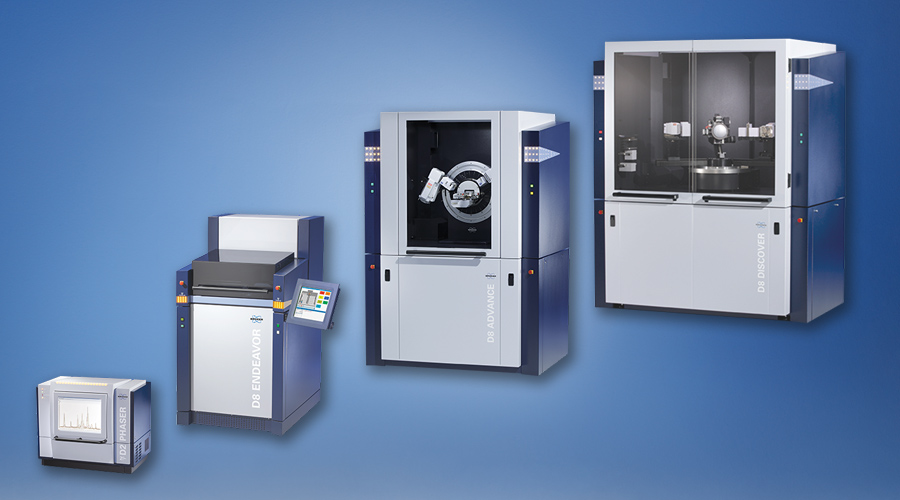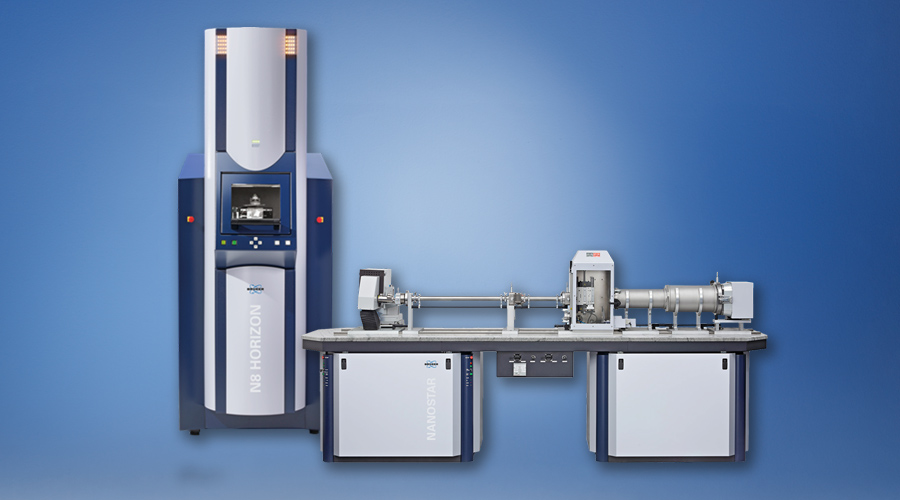DIFFRAC。TEXTURE
Highlights
All-round Texture Analysis Meets Ease-of-Use
Materials and components properties are significantly influenced by an inherent or applied preferred orientation, or texture, which can be non-destructively investigated by X-ray diffraction methods.
DIFFRAC。TEXTURE is the powerful and easy-to-use software suite designed to analyze texture measurements. By utilizing a systematic approach to analysis according to a flowchart, DIFFRAC.TEXTURE delivers comprehensive texture information with just a few mouse-clicks.
diffrac.texture具有两种良好建立和互补的技术,可提供最准确,最可靠的结果:独立模型的球形谐波方法和模型依赖性组件方法。
随着后者在diffrac.texture中的实现,现在支持所有晶体系统,并且各种样品对称性可以确保可以处理大量纹理。
- 直接创建来自0D,1D和2D测量数据的极图,并单击分配到晶体相。
- 基于完全详细的基于模型的纹理分析的组件方法。
- 球形谐波method for direct computation of the Orientation Distribution Function.
- Powerful texture representation capabilities and extensive report generator.
特征
Texture analysis workflow
1.数据导入和示例定义
The generation of pole figures from measured data has never been easier. DIFFRAC.TEXTURE can import data measured with 0D, 1D or 2D detectors and instantly create pole figures with single click operation either from selected angular regions (1D) or directly from 2D frame stacks via a single frame-cursor selection.
DIFFRAC。结构有全面的水晶structure database that allows linking of pole figures to the corresponding hkl reflections with the least effort. Overlapping signals from different phases can be easily assigned to facilitate data analysis.
2. Pole figure analysis
diffrac.texture具有两种互补和强大的分析方法,可提供准确可靠的结果:
The model-independent Spherical Harmonics method directly calculates the Orientation Distribution Function (ODF) from pole figures with a single mouse-click.
The Component method is a model-based approach that fits a set of texture components to the pole figures using fast and robust least-squares optimization.
3. Texture representation
DIFFRAC。TEXTURE includes powerful tools and options for a more detailed analysis of the obtained textures:
- ODFs can be computed and represented in 3D or as a set of 2D sections.
- Inverse pole figures along the surface normal, in-plane rolling and transverse directions.
- 3D visualization of the individual texture components to support a better understanding of their orientation.
- Pie-chart representation of the components’ volume fractions, including the isotropic content.
Two approaches to texture analysis
球形谐波method
The球形谐波method is a model-free approachand the method of choice if the orientation distribution function is of primary interest.
ODF是使用测得的极图的串联扩展来计算的,使用一组在球体表面(广义球形谐波)上定义的特殊功能。
该方法的优点是,它以快速而简单的方式提供了ODF形式的纹理结果,而无需先前的样本知识。
组件方法
The组件方法是一种基于模型的方法: The texture is modelled by a set of components that describe the orientation, crystal and process symmetry of a part of the sample [1]. From these texture components the corresponding pole figures are calculated.
The parameters of the components are then refined by fitting the simulated pole figures against the measured ones using robust least-squares optimization.
The Component method provides a deeper insight into the texture: the process symmetry of a texture component links the manufacturing and processing of the sample to the measured pole figures.
Specifications
DIFFRAC。TEXTURE Specifications
| Version | The current software version is V4.1 |
Analytical methods |
0D, 1D and 2D data reduction Pole Figure Auto Indexing 球形谐波 组件拟合 |
操作系统 |
Windows 8、8.1和10(32位或64位) |





